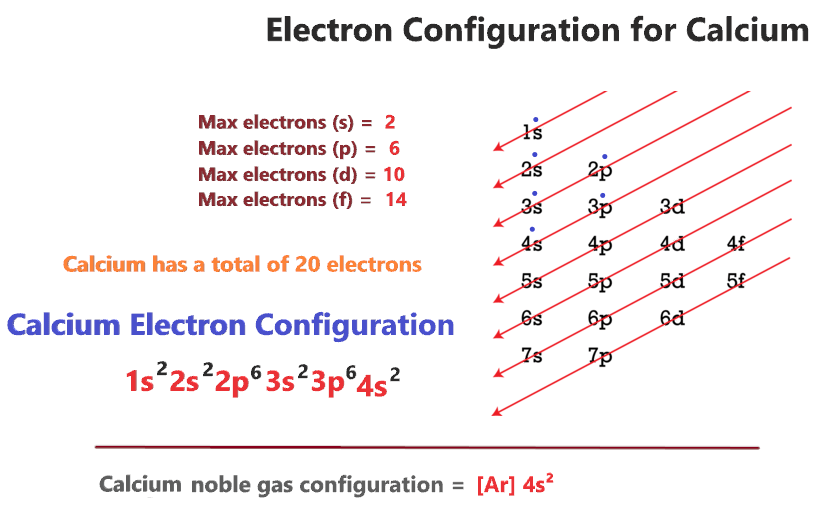

These cookies ensure basic functionalities and security features of the website, anonymously. Necessary cookies are absolutely essential for the website to function properly. This then produces another common type of operational amplifier circuit called a Summing Amplifier which can be used to “add” together the voltages present on its inputs. In the next tutorial about Operational Amplifiers, we will examine the effect of the output voltage, Vout by connecting more inputs to the amplifier. Thus far we have analysed an inverting and non-inverting amplifier circuit that has just one input signal, Vin. Then by carefully selecting the feedback components we can control the amount of gain produced by a non-inverting operational amplifier anywhere from one to infinity. The open loop voltage gain of an operational amplifier with no feedback is Infinite. One final thought, the closed loop voltage gain of a voltage follower circuit is “1” or Unity. Typical digital buffer IC’s available are the 74LS125 Quad 3-state buffer or the more common 74LS244 Octal buffer. The voltage follower or unity gain buffer is a special and very useful type of Non-inverting amplifier circuit that is commonly used in electronics to isolated circuits from each other especially in High-order state variable or Sallen-Key type active filters to separate one filter stage from the other. However in most real unity gain buffer circuits there are leakage currents and parasitic capacitances present so a low value (typically 1kΩ) resistor is required in the feedback loop to help reduce the effects of these leakage currents providing stability especially if the operational amplifier is of a current feedback type. Thus any value of resistance may be placed in the feedback loop without affecting the characteristics of the circuit as no current flows through it so there is zero voltage drop across it resulting in zero power loss.Īs the input impedance is extremely high, the unity gain buffer (voltage follower) can be used to provide a large power gain as the extra power comes from the op-amps supply rails and through the op-amps output to the load and not directly from the input. Since no current flows into the non-inverting input terminal the input impedance is infinite (ideal conditions) so zero current will flow through the feedback loop. The op-amps output impedance is very low since an ideal op-amp condition is assumed so is unaffected by changes in load. Also, the input impedance of the voltage follower circuit is extremely high, typically above 1MΩ as it is equal to that of the operational amplifiers input resistance times its gain ( Rin x A O ).

The advantage of the unity gain voltage follower configuration is that it can be used when impedance matching or circuit isolation is more important than voltage or current amplification as it maintains the input signal voltage at its output terminal.

This then makes the voltage follower circuit ideal as a constant voltage source or voltage regulator because of its input to output isolation properties.

This configuration would produce a special type of the non-inverting amplifier circuit called a Voltage Follower, also known as a “unity gain buffer”.Īs the input signal is connected directly to the non-inverting input of the amplifier the output signal is not inverted resulting in the output voltage being equal to the input voltage, thus Vout = Vin. If we made the feedback resistor, Rƒ equal to zero, ( Rƒ = 0), and resistor R2 equal to infinity, ( R2 = ∞), then the resulting circuit would have a fixed gain of “1” (unity) as all the output voltage is fed back to the inverting input terminal (negative feedback). We can easily convert an inverting operational amplifier configuration into a non-inverting amplifier configuration by simply changing the input connections as shown. If resistor R2 is zero the gain will approach infinity, but in practice it will be limited to the operational amplifiers open-loop differential gain, ( A O ). If the value of the feedback resistor Rƒ is zero, the gain of the amplifier will be exactly equal to one (unity). We can see from the equation above, that the overall closed-loop gain of a non-inverting amplifier will always be greater but never less than one (unity), it is positive in nature and is determined by the ratio of the values of Rƒ and R2.


 0 kommentar(er)
0 kommentar(er)
